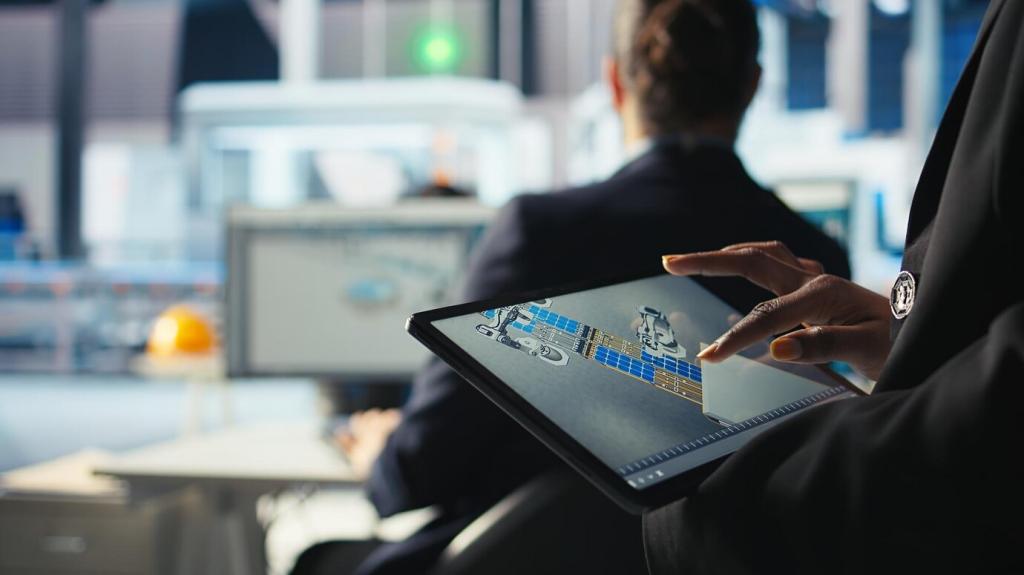Energy efficiency and smart home innovations are transforming the way we manage, conserve, and interact with energy in our homes. As technology evolves, so does the potential for homeowners to reduce energy consumption, lower utility bills, and contribute positively to environmental sustainability. Modern smart home devices are designed not only for convenience but also for optimizing resources, enhancing comfort, and delivering real-time data that supports informed energy-conscious decisions. As more homeowners embrace these advancements, smart technology is quickly becoming an essential aspect of everyday life, fostering a culture of eco-friendliness.
Intelligent Climate Control Solutions
Smart thermostats are at the heart of modern climate control. They utilize sensors, occupancy detection, and internet connectivity to learn household routines and adjust temperatures accordingly. By analyzing patterns such as when residents are home or away, smart thermostats can minimize heating or cooling during unoccupied periods, resulting in substantial energy savings. Remote access via mobile apps allows users to make real-time adjustments and review energy reports, empowering them to optimize performance. Over time, smart thermostats can significantly lower energy bills while also contributing to a reduced environmental footprint.
Smart Lighting and Automated Ambiance
01
LED Smart Bulbs
LED smart bulbs combine the energy efficiency of LED technology with the intelligence of connectivity. Unlike traditional bulbs, smart LEDs can be dimmed, color-tuned, and scheduled to operate only when needed, typically from a smartphone or a voice assistant. Energy savings arise from both the inherent efficiency of LEDs and the ability to use light more deliberately. Over time, households experience longer bulb life, lower energy costs, and greater flexibility in managing their environments—all of which contribute to a smarter, greener home.
02
Automated Lighting Controls
Automated lighting controls utilize sensors and programmable schedules to adjust lighting based on occupancy, time of day, or ambient light conditions. These controls can turn lights off automatically when rooms are empty, or gently dim them in response to natural daylight, optimizing usage throughout the day. Integration with broader home automation systems enables personalized scenes for activities such as movie watching or entertaining guests. The result is not just enhanced convenience but a meaningful reduction in wasted energy, turning every interaction with light into an opportunity for conservation.
03
Mood and Circadian Lighting
Mood and circadian lighting systems adjust color temperature and intensity to align with human biological rhythms and personal preferences. By mimicking natural daylight patterns, these systems support well-being and productivity, helping residents feel more energized during the day and relaxed at night. The adaptive nature of circadian lighting ensures that energy is used efficiently, reducing reliance on artificial lighting during bright periods and automating low-energy modes during off-peak hours. This advanced approach transforms lighting from a mere utility into an agent of both efficiency and health.
Integrated Home Energy Management

Energy monitoring platforms give homeowners real-time visibility into how much energy is being consumed, where it’s going, and what devices are drawing the most power. These platforms collect and analyze usage data, often presenting it in intuitive dashboards accessible via mobile or web apps. Equipped with actionable insights, homeowners can identify energy-intensive behaviors and make targeted changes. Over time, ongoing monitoring drives a shift toward more conscious consumption and empowers users to take full control of their energy future.
